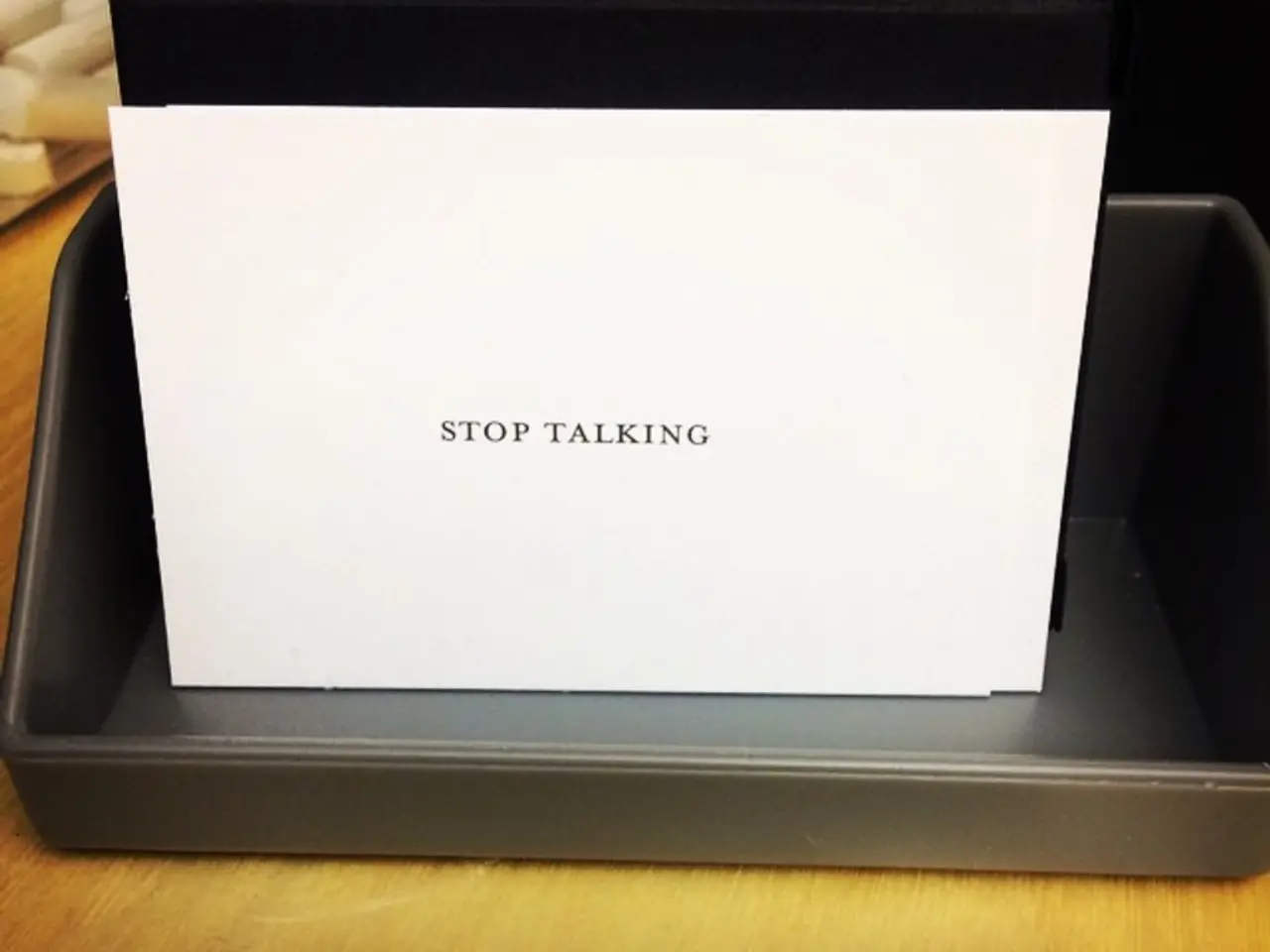Idleness as a Potential Strength: Insights from Neuroscience on the Benefits of Inactivity
The Importance of Mental Downtime in Cognitive Function and Creativity
Mental downtime plays a vital role in maintaining cognitive health and fostering creativity. During these periods of rest, the brain processes information, consolidates memories, and rejuvenates for future mental activity.
These brief moments of rest can manifest as brief zoning out moments, mindfulness breaks, or more extended breaks, giving the brain time to recover much like how the body recovers from physical exertion. Activities like mindfulness meditation, scheduled relaxation, and unstructured time can promote this restorative state, reducing stress and improving emotional regulation.
On the other hand, continuous stimulation, such as prolonged screen time, constant multitasking, and chronic stress, negatively impacts the brain. It disrupts sleep patterns, impairs memory and cognitive performance, and increases burnout risk. Overstimulation can lead to sensory overload, forcing the brain into defensive states like zoning out to conserve energy. Chronic stress also reshapes the brain and depletes mental energy, reducing focus and productivity.
Incorporating planned mental downtime is essential for maintaining cognitive health and fostering creativity, while uninterrupted stimulation can undermine brain function and mental well-being. Here are some key points to consider:
- Mental Downtime: Supports memory consolidation, learning, adaptation, creativity, stress reduction, and cognitive rejuvenation.
- Continuous Stimulation: Causes cognitive fatigue, reduces sleep quality, impairs memory and focus, leads to sensory overload, stress, and burnout.
To protect periods for neural recovery, consolidating digital communications into scheduled periods rather than responding continuously can be beneficial. Task-switching exhausts metabolic resources in the prefrontal cortex, with interruptions requiring an average of 23 minutes for full attentional recovery.
What we label as "boredom" actually represents a sophisticated shift in neural activity, transitioning from focused attention to associative processing (default mode network). This state enhances the capacity for emotional self-regulation - the ability to modulate responses rather than react automatically to stimuli.
Implementing regular intervals without screens or digital engagement can produce neurological benefits. Neuroimaging studies demonstrate distinct phases of cognitive processing: Acquisition phase, Integration phase, and Application phase. Smartphone users touch their devices approximately 2,617 times daily, each notification triggering a neurochemical response that fragments attention and depletes finite mental resources.
The phenomenon of unproductive moments, often referred to as mental downtime, activates the default mode network (DMN), a background processing system in the brain. A 2019 longitudinal study showed significant reductions in anxiety biomarkers and depression symptoms in participants who limited social media consumption to 30 minutes daily for three weeks. Boredom-exposed participants scored 41% higher on originality metrics and generated 25% more ideas than non-bored controls in a 2014 study.
In summary, mental downtime is not a problem to solve, but a specialized brain state essential for optimal cognitive function. Encouraging mental downtime in workplaces and educational settings can lead to improved cognitive performance, creativity, and overall well-being.
- The benefits of mental downtime extend beyond cognitive function and creativity, as it also fosters mental health by reducing stress, improving emotional regulation, and enhancing self-regulation abilities.
- Science and technology, particularly neuroimaging studies, have shown that scheduled breaks and digital detox can activate the default mode network, reduce anxiety and depressive symptoms, and boost creativity levels in individuals.




